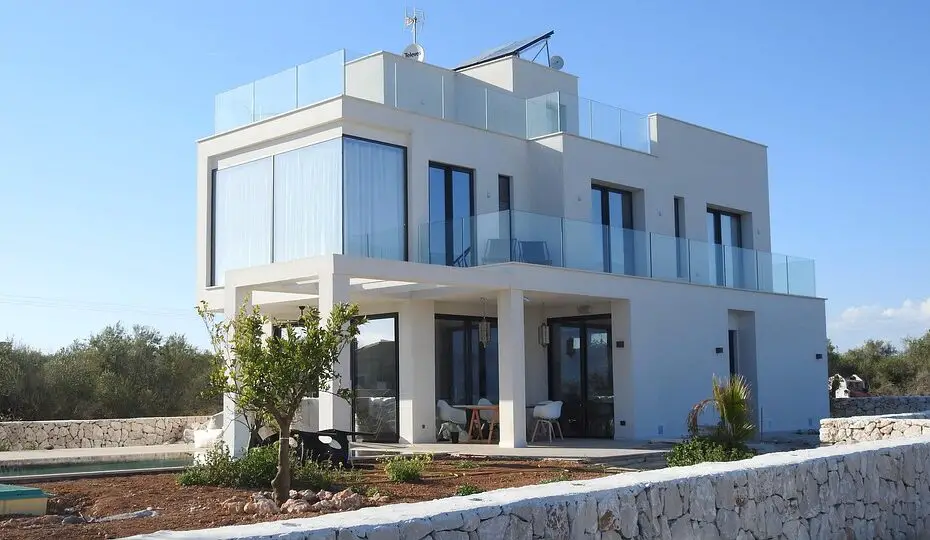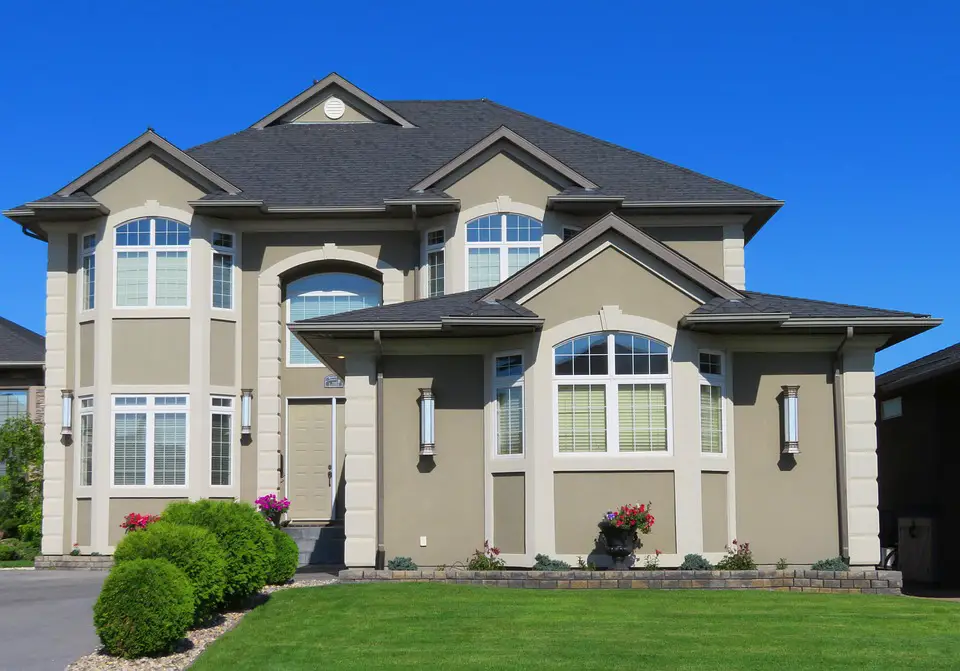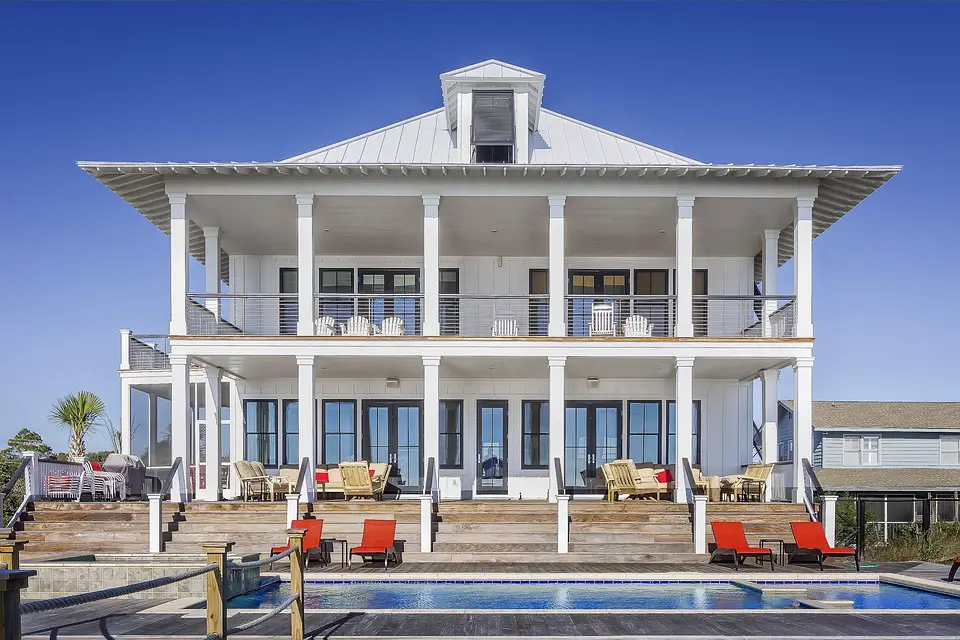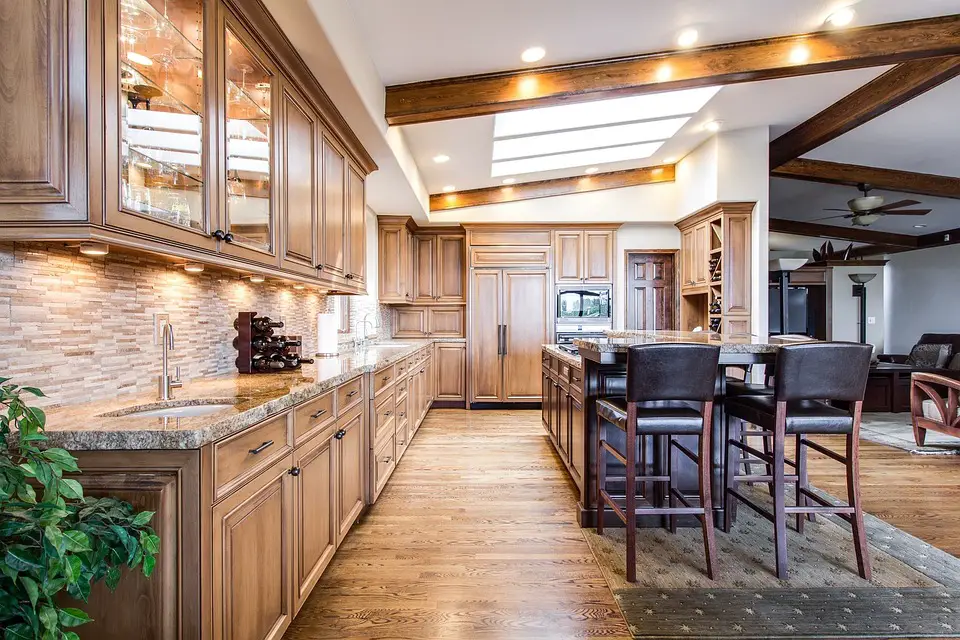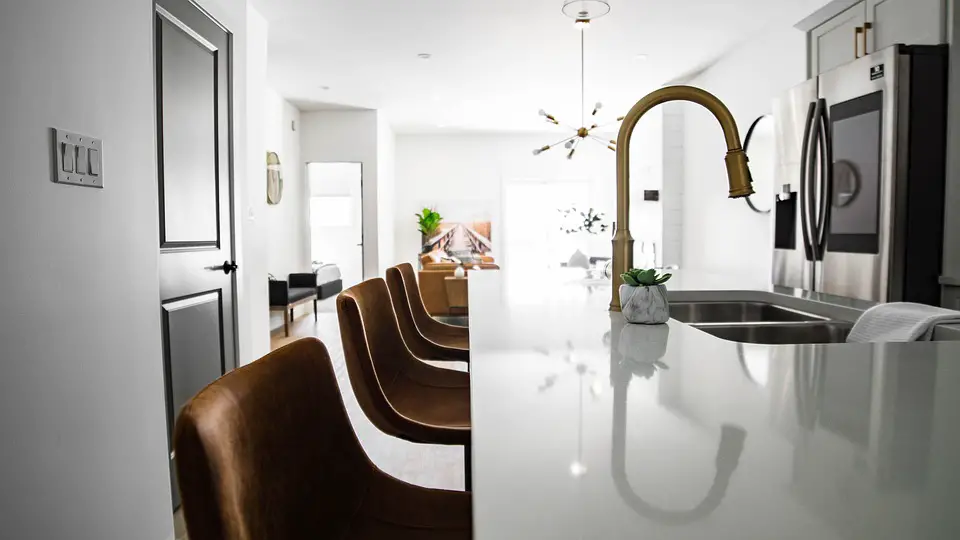Welcome to the future, folks—where the sky’s the limit, and so are your housing options! In 2025, we’re all about living large in smaller spaces. If you’re tired of the mundane 9-to-5 grind and the skyrocketing housing prices that make your wallet cry louder than a toddler denied dessert, then you’ve stumbled upon the right article. Today, we’re diving into alternative housing options like tiny homes, co-housing, and other funky setups that could save your sanity AND your bank account. Grab your coffee (or something stronger) and let’s get into it!
Why Alternative Housing?
Let’s face it—traditional housing is getting as outdated as dial-up internet. The days of spending your life savings on a mortgage that feels like a ball and chain are over. Alternative housing options are not just trendy; they’re practical, affordable, and downright liberating.
Imagine this: instead of being house-poor, you could invest in your freedom, travel, or even start that side hustle you’ve been dreaming about. What a concept, right?
Tiny Homes: The Little Giants of Real Estate
First up, we have the tiny home movement. These pint-sized palaces can range from a mere 100 to 400 square feet—perfect for those who want to live large while keeping their environmental footprint small.
The Financial Perks of Going Tiny
-
Lower Costs: The average tiny home costs around $30,000 to $60,000. Compare that to the average U.S. home price hovering around $400,000, and you’ll see why folks are trading in their sprawling McMansions for cozy cottages.
-
Minimalist Living: You’ll be forced to declutter your life. No more hoarding that questionable collection of Beanie Babies. Fewer possessions mean fewer expenses—win-win!
-
High Demand: Tiny homes are hot on the real estate market. If you build or buy one, you might just find yourself in a prime flipping position.
- Rental Income Potential: Use your tiny home as a short-term rental on platforms like Airbnb. Just think of the passive income while you sip cocktails on a beach somewhere!
Building Your Tiny Empire
-
Choose Your Build Style: DIY or hire a builder? If you’re handy, go for the DIY route. YouTube is a treasure trove of tiny home construction tips. If not, hire a builder but be sure to shop around.
-
Research Zoning Laws: Not all areas are tiny-home friendly. Make sure your dreams don’t come crashing down due to local regulations.
- Get Creative with Space: Think multifunctional furniture—like a couch that folds out into a bed, or a table that doubles as a desk.
Real-World Example: A Tiny Triumph
Meet Sarah, a 30-something who ditched her 1,500-square-foot home for a 300-square-foot tiny house. With her mortgage slashed from $2,000 to $500 a month, she now channels that extra cash into investments. Sarah’s tiny home is also an Airbnb success, generating an extra $1,500 a month. Not too shabby for a small space, huh?
Co-Housing: Community Living for the Win
Next up, let’s talk about co-housing. Think of it as living in a hipster commune but without the weird vibes and questionable kombucha-making sessions. Co-housing communities are designed to foster social interaction while providing private living spaces—perfect for those who want to save a buck while making friends.
The Benefits of Co-Housing
-
Shared Costs: Splitting utilities, maintenance, and even groceries can shave a significant chunk off your monthly expenses.
-
Built-in Community: If you’ve ever felt lonely in a big house, co-housing offers a built-in support network. Who wouldn’t want to borrow a cup of sugar from their neighbor instead of trekking to the store?
-
Sustainability: Many co-housing communities focus on eco-friendly living, so you can feel good about your lifestyle choices while saving money on utilities.
- Potential for Investments: If you’re part of a co-housing project that buys property together, you might be able to tap into real estate gains as a group.
How to Jump into Co-Housing
-
Find the Right Community: Look for groups that share your values and lifestyle. Whether you’re into sustainability, family living, or just want to hang out with cool people, there’s a co-housing community for you.
-
Understand the Legalities: Make sure you have a clear understanding of the ownership structure and what happens if someone wants to leave the group.
- Get Involved: Be an active participant! Co-housing thrives on community engagement. Plus, you can use those shared spaces for entrepreneurial ventures like workshops or classes.
A Co-Housing Case Study: The Collective Impact
Take the example of The Collective in Los Angeles—a co-housing community that offers private apartments with shared common areas. Residents save an average of 30% on living costs compared to traditional housing. Plus, they host events that foster creativity and collaboration, leading to several members launching successful side hustles together.
Other Alternative Housing Options to Consider
So, tiny homes and co-housing aren’t your vibe? No worries! Here are a few more alternative housing options to consider:
-
Shipping Container Homes: Yes, those big metal boxes can be transformed into stylish and affordable homes. They’re eco-friendly and can be stacked to create unique living spaces.
-
Houseboats: If you love water, why not live on it? Houseboats can be an affordable way to own property in prime waterfront locations. Just watch out for the occasional rogue wave!
-
Yurts and Geodesic Domes: These aren’t just for camping! Yurts and domes can be stylish, eco-friendly homes that provide a unique living experience. Plus, they’re often cheaper than traditional houses.
- Rent-to-Own Options: Some sellers offer rent-to-own agreements, allowing you to live in the home while paying off the purchase over time. This is a great way to ease into homeownership without the financial strain from day one.
Final Thoughts: The Future is Alternative
In 2025, alternative housing is not just a trend—it’s a viable way to live. Whether you’re down for a tiny home, ready to co-habit with like-minded individuals, or interested in other creative living arrangements, the options are plentiful.
By embracing these alternatives, you can save money, invest wisely, and live a life less burdened by debt. And remember, living in a smaller space doesn’t mean sacrificing style or comfort. It’s about making smart choices that align with your financial goals and lifestyle.
So, what are you waiting for? Dive into the world of alternative housing, and who knows? You might just find the perfect place to call home, all while keeping your wallet happy. Cheers to living large, even in small spaces!
